Setting Your Dog Up for Success
Have you ever experienced resistance from your dog during a training session? Have you found it difficult to get over certain snags during your sessions? Does your dog sometimes not respond to your training when other times they do? The reason for this May because of your training setup.
Arranging antecedents is one of the first steps on the LIMA Hierarchy followed certified dog training professionals. What does it mean? It means changing the physical setup, environmental conditions or events, addressing the dog’s motivations and/or removing reinforcement for problem behaviors.
There is a lot to unpack here so let’s take it piece by piece. When training, we should first make sure that our physical environment is conducive to what we are trying to teach. For example, if I were trying to teach a recall to my dog, I would not want to start at the dog park. I’d never win that battle! Instead, I would start in the house and build a reinforcement history before moving to a location that is more distracting.
If I were working with a nervous dog, I would reduce the number of triggers in the environment to address their fears. I would not try the method of “exposure therapy” and drop my dog smack dab into a room full of their triggers. Instead, I would begin work at a distance where their trigger does not seem so scary and slowly work to change that threshold through creating positive associations.
On the same vein, if I were trying to train basic behaviors with a nervous dog, I would be sure to arrange the environment to make them feel as comfortable as possible. For example, I previously assisted an owner training leash walking skills with a dog who was nervous about anything strange in the environment. While trying to teach heeling, we noticed the dog would not turn into heel position, which he had previously been doing on the other side of the yard. It turns out someone was weed whacking two houses down and he was too nervous to turn his back on that person. So, we switched sides and voila! We were back in business.
Behavior serves a function. Sometimes the function of the behavior is more important than adhering to the rules. For example, on a hot day your dog may dig up the garden to make themselves a cool place to lay down. We can stop this type of behavior by offering our dog a place where they can get cool, like a shady spot with a cooling mat.
Behavior serves a function.
People sometimes notice an increase in counter surfing and food stealing when they switch their dog’s food. This may be happening because the new food is not meeting their nutritional needs and they are hungry. In that case, you should discuss their diet with your vet and make changes.
Lastly, reinforcement drives behavior. We want to remove the reinforcement our dog is getting from performing that behavior. For example, dogs who demand bark, or bark for attention, should not get reinforced by using rewarding them with our attention. The more we give in to demand barking, whether with positive or negative attention, the more it will happen.
Reinforcement drives behavior.
We want to think about what need is this behavior meeting or in what way is my dog being reinforced by this behavior, to figure out how to change it. This either happens by us meeting the need in a different way or removing their ability to be reinforced by this behavior.
The next time you are hitting a roadblock in training, think about how you can better set your dog up for success by arranging the environment or physical setup to boost your training. Or by meeting your dog’s behavioral needs in a different way. If you need help creating a training plan, contact me! I’d be happy to help!
Discover more from Educanine Training Services
Subscribe to get the latest posts sent to your email.
